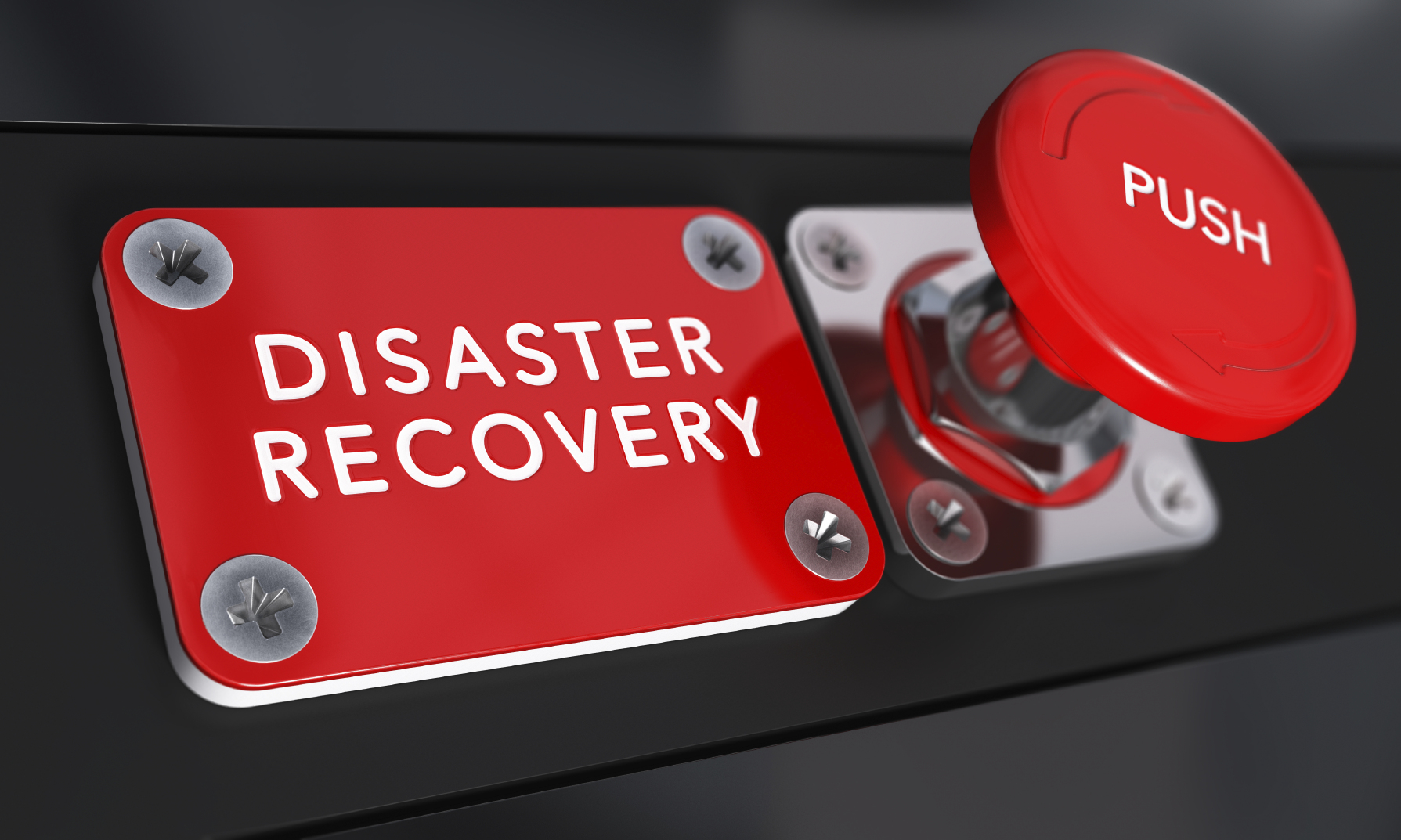

It is even fair to say that many data recovery labs will have trouble recovering those, or will consider it too much trouble! Challenges related to physical properties of NAND memoryĪs with conventional drives physical issues and damage can prevent you from accessing your data. Virtually no end user file recovery software will be able to recover those files if the FAT is corrupt or wiped (due to a format for example). We see that of the total 306, 15 MP photos, 67 were stored in 2 or more fragments! Videos tend to be even more fragmented. Following are stats from a real world recovery: All that combined ‘encourages’ file fragmentation. Also people tend to change between still mode and video mode. Many people review photos in the on-screen display and decide whether to keep it or not. The following is specially true for memory cards as used in cameras. File fragmentation on small NAND based devices From the chain it becomes obvious that our file is not in a contiguous chain of clusters. And then we immediately see the biggest challenge in recovering photos and videos from a Flash drive, as soon as we lose the information if the FAT, fragmented files are almost impossible to recover.

Until a special value signifies the end of the cluster chain. Typically in the entry for cluster 100 we find the value for the next cluster, there we find the value for the next etc. The rest of the clusters need to de looked up in the FAT. In short, a file start with a directory entry which stores the filename, other meta data (creation date, attributes etc.) and the first cluster of the file.

FAT stands for File Allocation Table and whether it’s FAT16, FAT32 or exFAT (or FAT64), this table is the only structure that keeps track of which clusters are allocated to any specific file. The most commonly used file systems on small NAND flash based devices are all a flavor of FAT. I will try avoiding jargon as much as possible or try explaining it in layman language. So emphasis of the blog post is on those and the problems associated with those devices in relation to lost and corrupt photos and video. If this happens the corrupt photos are really the only thing we can work with. For example I get many corrupt photos that client copied from a flash drive in corrupted form, and then flash drive was returned to service. Also, in a majority of the cases photos are stored on small flash based devices such as memory cards or USB flash drives -or- it can be determined photos probably corrupted while at the flash based drive. As I have stated before, many of those are the result of botched recovery jobs, or corruption is caused by a file system or physical issue with the drive. Most cases that land on my desk arrive as photo or video repair tasks. Photo recovery challenges are often related to small flash based drives


 0 kommentar(er)
0 kommentar(er)
